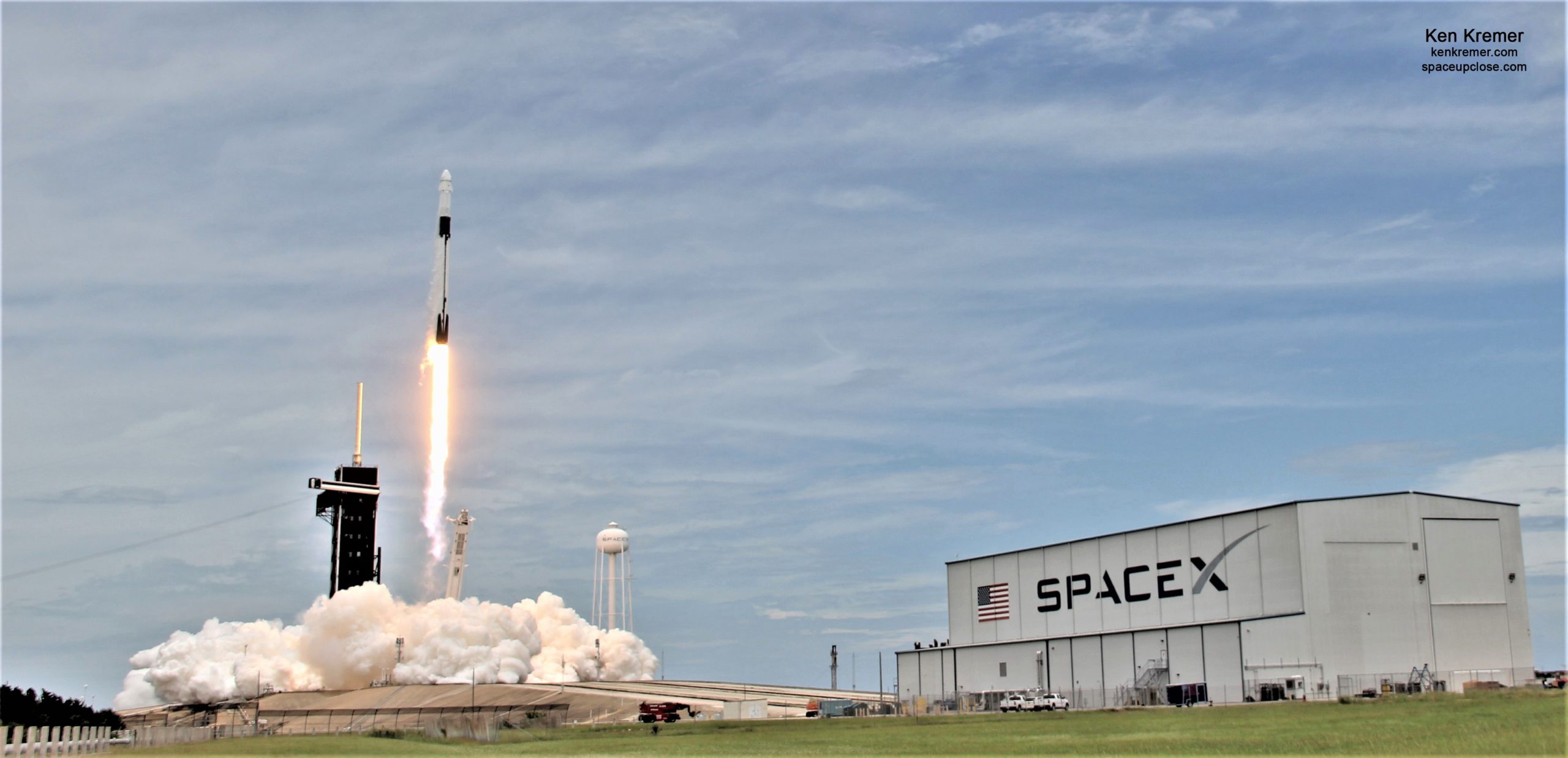
For SpaceUpClose.com & RocketSTEM
KENNEDY SPACE CENTER, FL – Just in the nick of time under threatening skies a new SpaceX Commercial Cargo Dragon blasted off on a delivery run packed with over 3.6 tons of supplies including new solar arrays to augment the power grid and new NASA science research on water bears and squid bound for the 20 year old International Space Station (ISS) and its seven member multinational crew on Thursday afternoon, June 3, from the Florida Spaceport.
Today’s 17th launch of the year for SpaceX marked a rare combination of a spanking new and non-sooty black and white Falcon 9 rocket and a new Cargo Dragon as well – both flying on their first missions and both are reusable multiple times.
Liftoff of the newly manufactured two stage 215-foot-tall (65-meter) Falcon 9 on the NASA SpaceX CRS-22 Cargo Dragon to the ISS took place at 1:29 p.m. EDT (1729 GMT) on June 3 from Launch Complex-39A on NASA’s Kennedy Space Center in Florida during an instantaneous launch window.
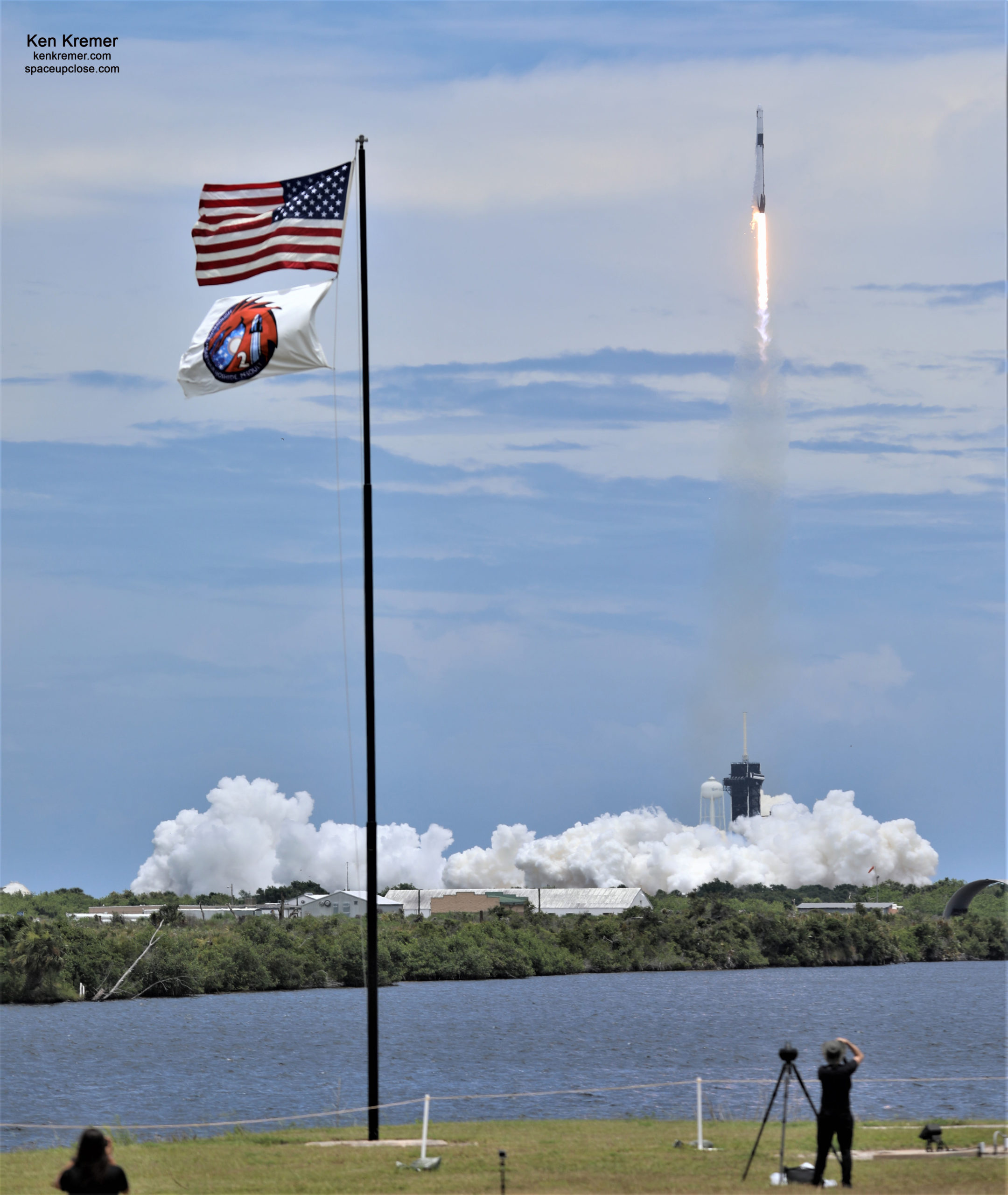
The gloomy rain showers and thunder around the Cape region held off just long enough to beat out approaching storm clouds and showers and permit today’s beautiful blastoff enjoyed by throngs of excited spectators ringing Florida’s Space Coast.
The @SpaceX #CargoDragon vehicle launched at 1:29pm ET today toward the station. It will deliver 7,300 pounds of new science, supplies and solar arrays on Saturday at 5am live on @NASA TV. More… https://t.co/3p57SQb9UT pic.twitter.com/fgTTfsdUpt
— International Space Station (@Space_Station) June 3, 2021
A brand new Falcon 9 1st stage booster designated B1067 was used for this mission.
Nearly eight minutes later the first stage nailed the landing on the “Of Course I Still Love You” (OCISLY) droneship prepositioned downrange in the Atlantic Ocean some 180 miles (300 kilometers) from Cape Canaveral – enabling reuse for the Crew-3 mission astronaut launch to the ISS in late October.
All 9 Merlin 1D first stage engines ignited to generate approx. 1.7 million pounds of liftoff thrust fueled with liquid oxygen and RP-1 propellants that began propellant loading at T Minus 35 minutes.

Following successful stage separation at 2 minutes 30 seconds after liftoff the second stage fired as planned for nearly 6 minutes until SECO cutoff at 8 minutes and 39 seconds.
The pair flew higher together until Dragon separated from Falcon 9’s second stage about twelve minutes after liftoff to begin a carefully choreographed two day orbital chase.
This second upgraded SpaceX Cargo Dragon will arrive in the vicinity of the space station around 5 a.m. (0900 GMT) Saturday morning, June 5 for an automated rendezvous and docking that will be monitored by NASA astronauts Megan McArthur and Shane Kimbrough as members of the seven person Expedition 65 crew.
The Cargo Dragon freighter is a very close variant based on the design of SpaceX’s new Crew Dragon human rated space ship – but minus the SuperDraco abort thrusters and some life support equipment.
Cargo Dragon will dock autonomously at the space-facing side (zenith) port of the station’s Harmony module.

This 22nd cargo delivery mission for NASA to the ISS also marks SpaceX’s 17th launch of 2021 – a remarkable unrelenting launch cadence enabled by the routine use of recovered and recycled Falcon 9 first stages.
SpaceX routinely reuses boosters to save time and money – so its uncommon to launch a new one and see it shining bright on the pad with no accumulated black and gray soot and grime from the searing soar to space and back.
SpaceX also skipped the normal static fire test for this booster in something of a surprise, although they have skipped several this year in order to save time and quicken the launch cadence.
Booster B1067 now flown once to space and back will now be re-cycled for use on the NASA SpaceX Crew-3 launch of four multinational astronauts to the ISS slated for NET Oct. 23 likewise from KSC pad 39A
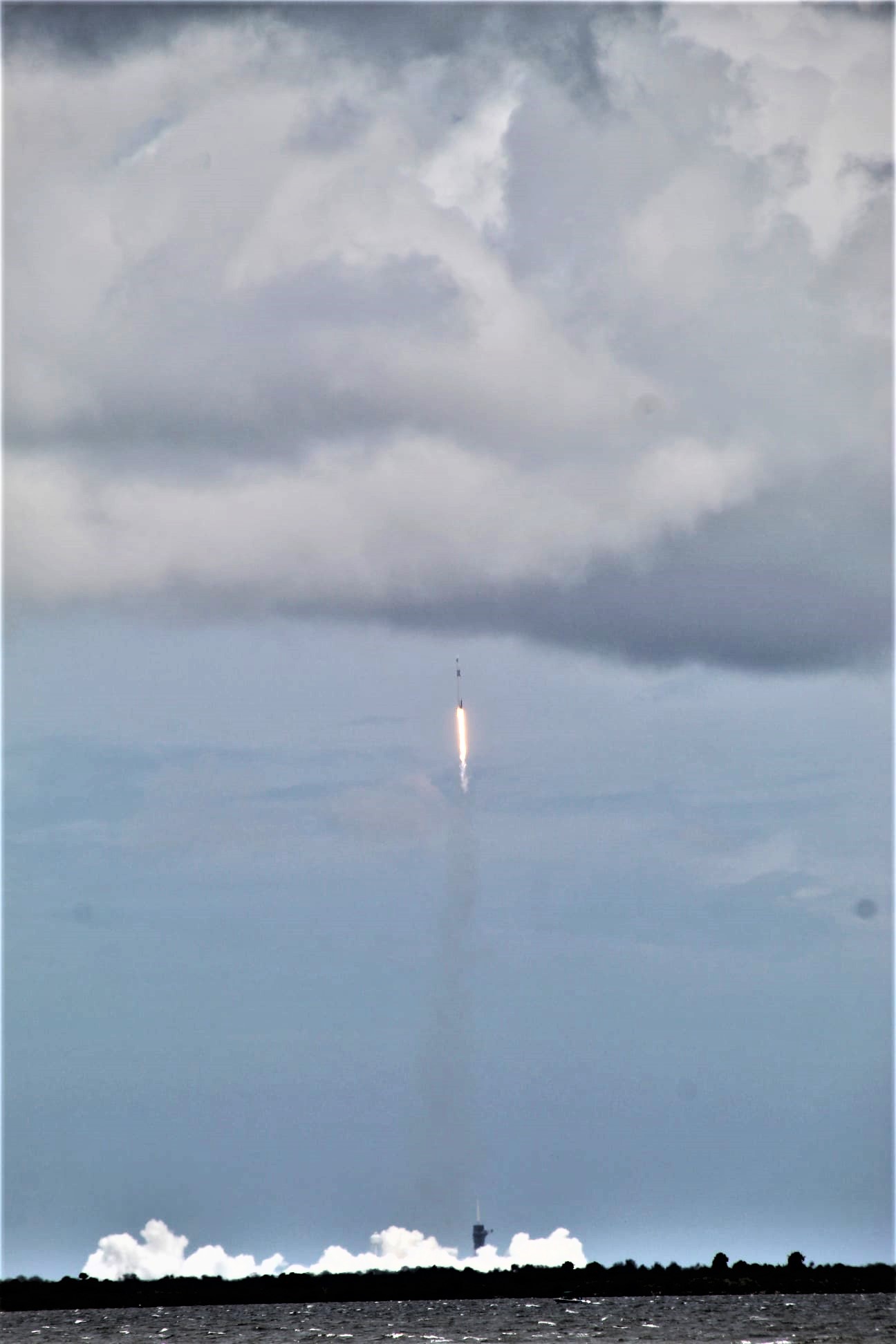
This droneship landing counts as the 86th landing to date by land or by sea.
The two-stage Falcon 9 rocket launched on a northeasterly trajectory to the ISS inclined at 51 degrees north
Enjoy our photos of the Falcon 9 launch taken by the Space UpClose team of Ken Kremer and Jean Wright
Check back as the gallery grows.
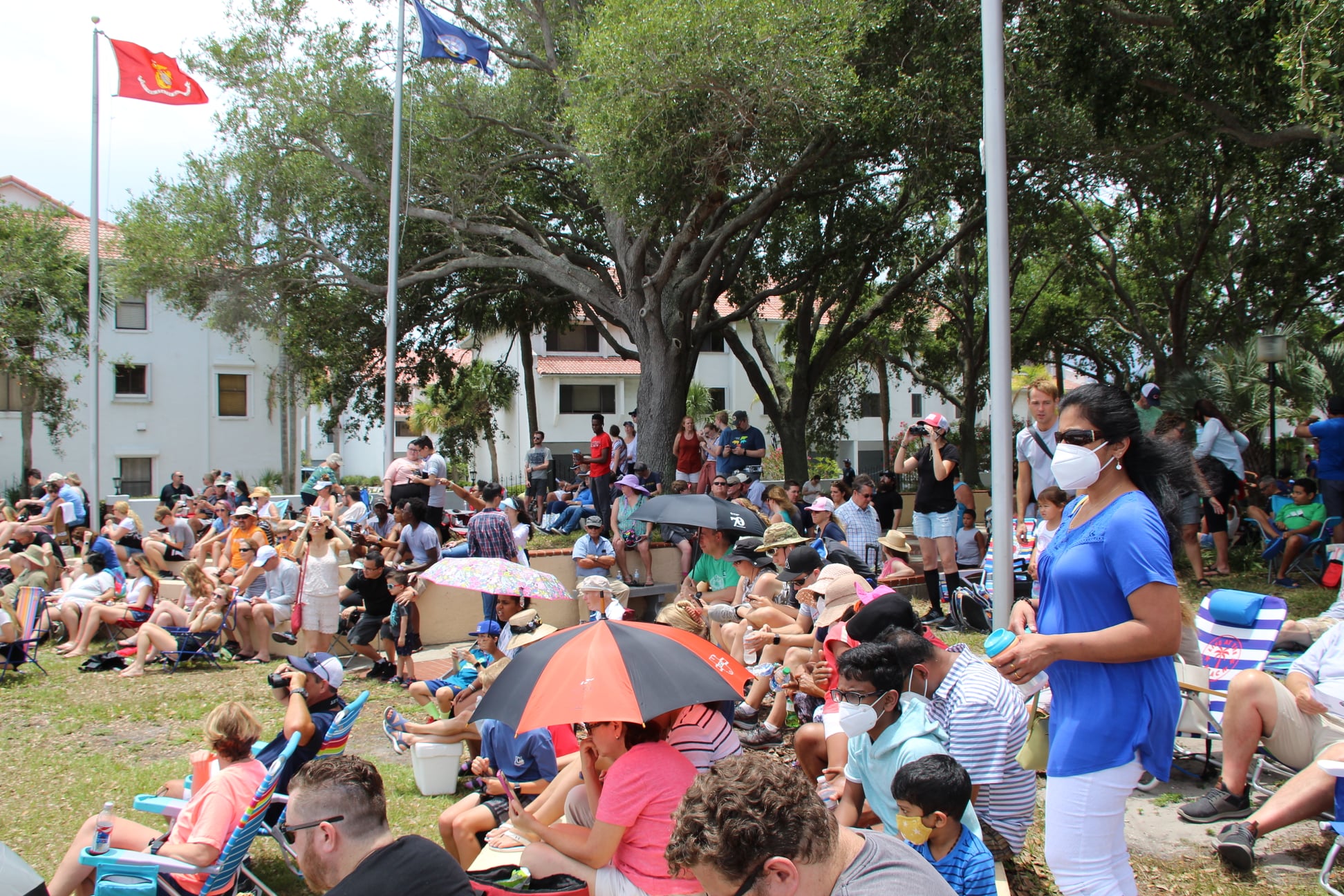
The mission marked the 17th launch of a Falcon 9 already this year over a span of just over 5 months time.
Here is a NASA summary describing some of the science experiments Dragon is delivering to the space station are:
Symbiotic squid and microbes
The Understanding of Microgravity on Animal-Microbe Interactions (UMAMI) study uses bobtail squid and bacteria to examine the effects of spaceflight on interactions between beneficial microbes and their animal hosts. This type of relationship is known as symbiosis. Beneficial microbes play a significant role in the normal development of animal tissues and in maintaining human health, but gravity’s role in shaping these interactions is not well understood. This experiment could support the development of measures to preserve astronaut health and identify ways to protect and enhance these relationships for applications on Earth.
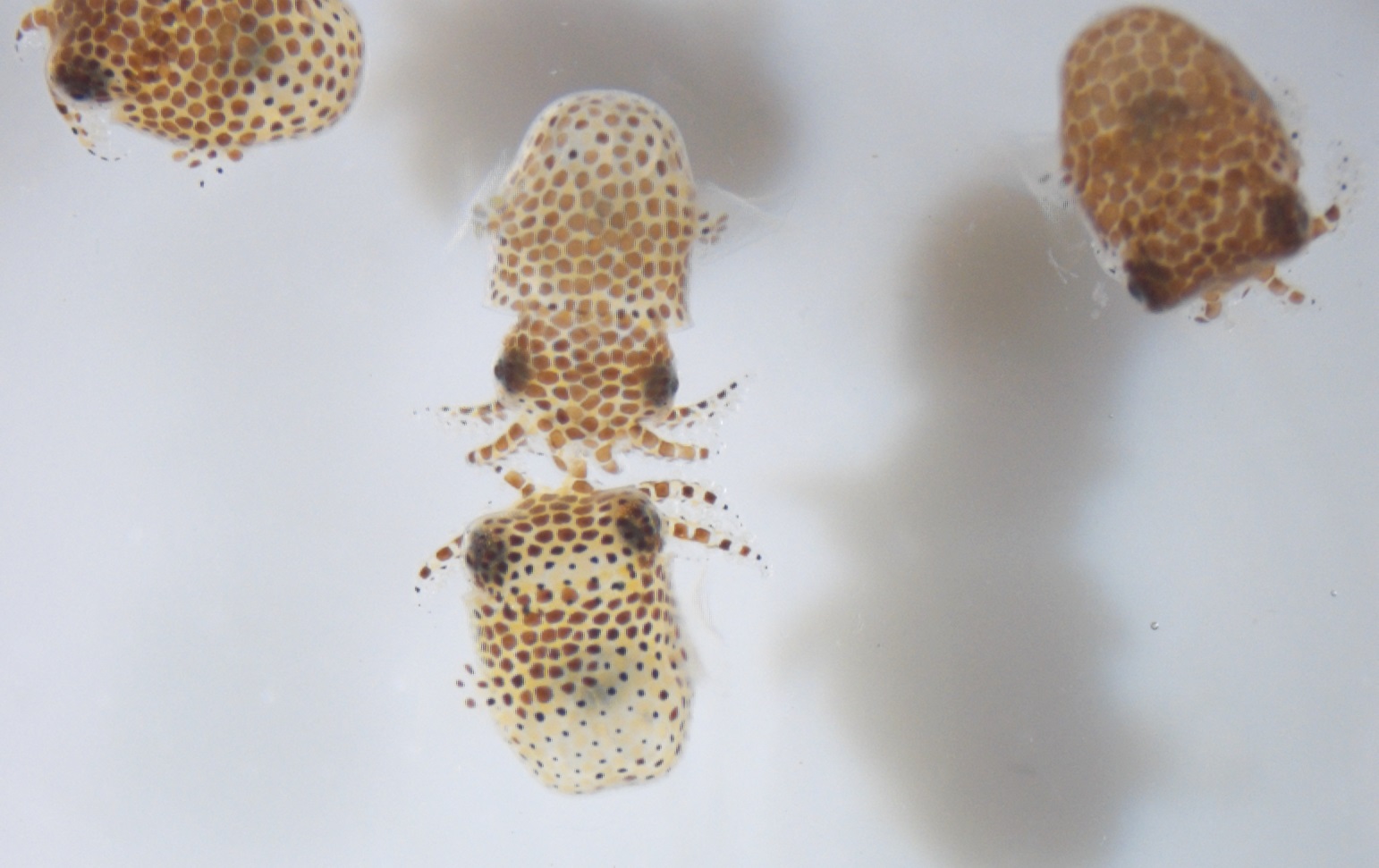
Credits: Jamie S. Foster, University of Florida
Producing tougher cotton
Cotton is used in many products, but its production uses significant amounts of water and agricultural chemicals. The Targeting Improved Cotton Through On-orbit Cultivation
(TICTOC) study focuses on improving cotton’s resilience, water-use, and carbon storage. On Earth, root growth depends upon gravity. TICTOC could help define which environmental factors and genes control root development in microgravity. Scientists could use what they learn to develop cotton varieties that require less water and pesticide use.
Water bears take on space
Tardigrades, also known as water bears for their appearance when viewed under a microscope, are creatures that can tolerate extreme environments. The Cell Science-04 experiment aims to identify the genes involved in water bear adaptation and survival in these high-stress environments. The results could advance scientists’ understanding of the stress factors that affect humans in space.
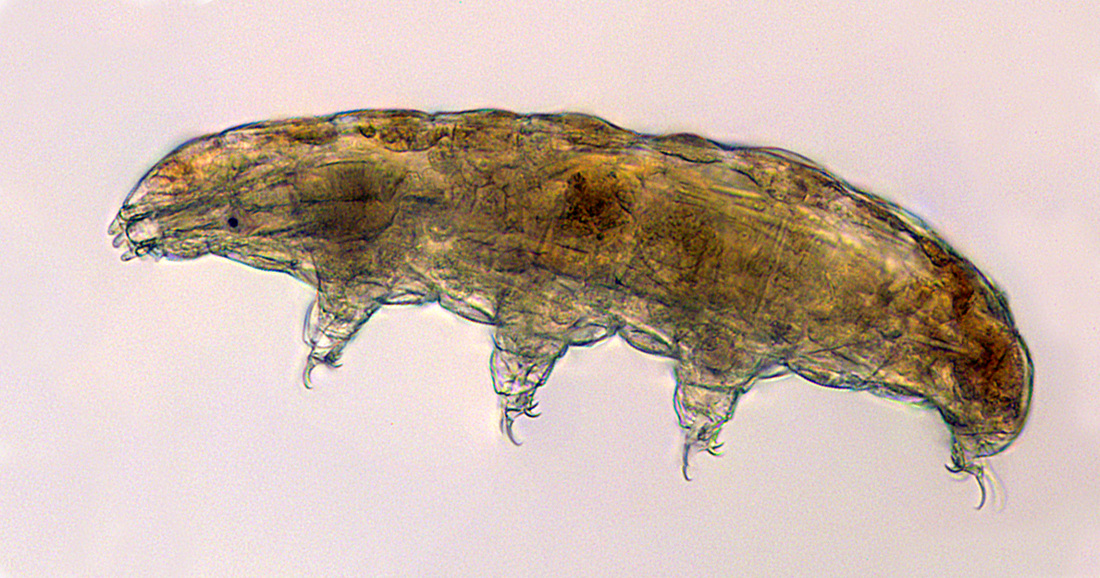
Thousands of water bears are on their way to the @Space_Station aboard a SpaceX Dragon capsule right now! After they arrive to station, researchers will study the microscopic creatures for clues that might help humans in space as well. https://t.co/QK8DRb2BiJ
— ISS Research (@ISS_Research) June 4, 2021
On-the-spot ultrasound
The handheld, commercial Butterfly IQ Ultrasound device could provide critical medical capabilities to crews on long-term spaceflights where immediate ground support is not an option. This study will demonstrate the use of an ultrasound unit alongside a mobile computing device in microgravity. Its results have potential applications for medical care in remote and isolated settings on Earth.
Developing better robot drivers
An ESA (European Space Agency) investigation, Pilote, test the effectiveness of remotely operating robotic arms and space vehicles using virtual reality and haptic interfaces. Pilote studies existing and new technologies in microgravity by comparing those recently developed for teleoperation to those used to pilot the Canadarm2 and Soyuz spacecraft. The study also compares astronaut performance in using the interfaces on the ground and during spaceflight. Results could help optimize workstations on the space station and future space vehicles for missions to the Moon and Mars.
Bonus power
New solar panels headed to station are made up of compact sections that roll open like a long rug. The ISS Roll-out Solar Arrays (iROSA) are based on a previous demonstration of roll-out panels performed on station. They are expected to provide an increase in energy available for research and station activities. NASA plans a total of six new arrays to augment the station’s power supply with the first pair launching on this flight. The Expedition 65 crew is scheduled to begin preparations for spacewalks to supplement the station’s existing rigid panels this summer. The same solar array technology is planned to power NASA’s Gateway, part of the Artemis program.
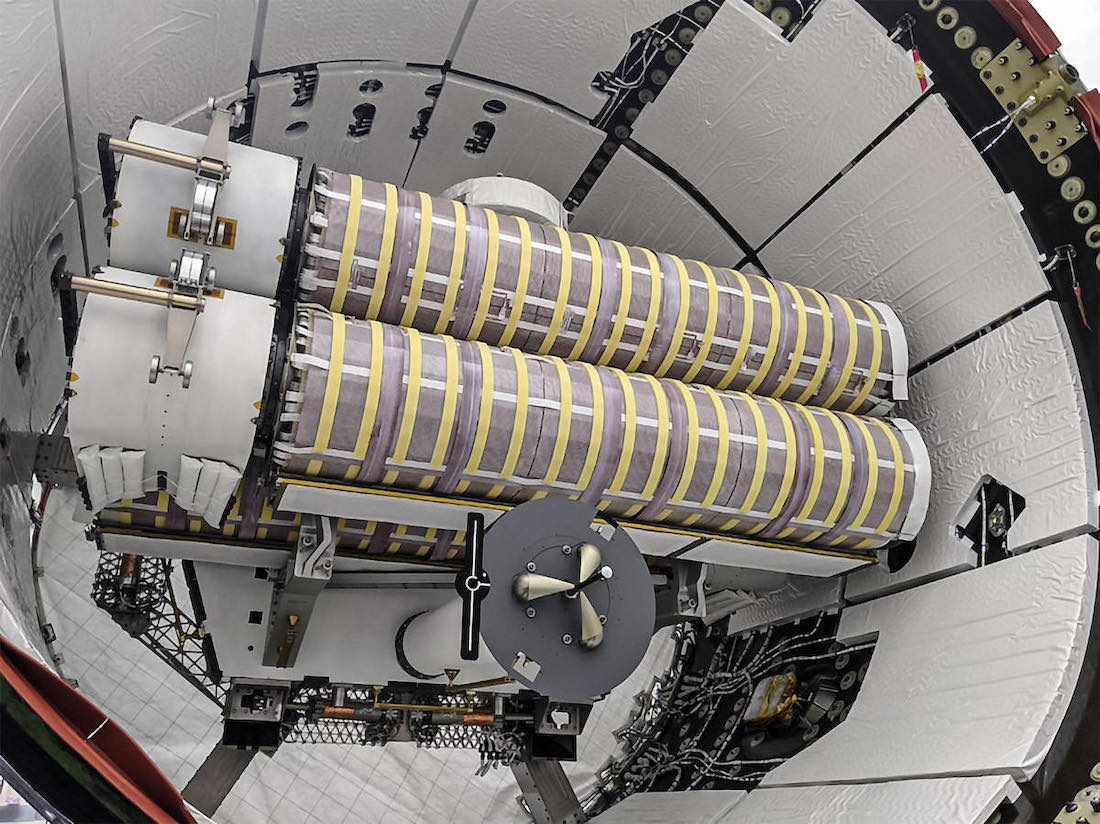
These are just a few of the hundreds of investigations currently being conducted aboard the orbiting laboratory in the areas of biology and biotechnology, physical sciences, and Earth and space science. Advances in these areas will help keep astronauts healthy during long-duration space travel and demonstrate technologies for future human and robotic exploration beyond low-Earth orbit to the Moon and Mars through NASA’s Artemis program.

The launch manifest is as follows:
- ISS Roll-Out Solar Arrays: 3,042 pounds (1,380 kilograms)
- Science Investigations: 2,028 pounds (920 kilograms)
- Vehicle Hardware: 760 pounds (345 kilograms)
- Crew Supplies: 751 pounds (341 kilograms)
- Computer Resources: 129 pounds (58 kilograms)
- Spacewalk Equipment: 115 pounds (52 kilograms)
The Exp 65 crew awaits Saturday's arrival of the science-packed @SpaceX #CargoDragon while cleaning up after a Russian spacewalk. More… https://t.co/9ANUksNMpH pic.twitter.com/5eWx5ImlFy
— International Space Station (@Space_Station) June 4, 2021
Since all went off well and ontime this CRS-22 mission will be followed a few days later by the SpaceX Falcon 9 launch of the SXM-8 comsat for Sirius XM tentatively slated for overnight Sunday, June 6. Apparently all the issues with the payload are resolved. The prior SXM-7 suffered problems in orbit post launch.
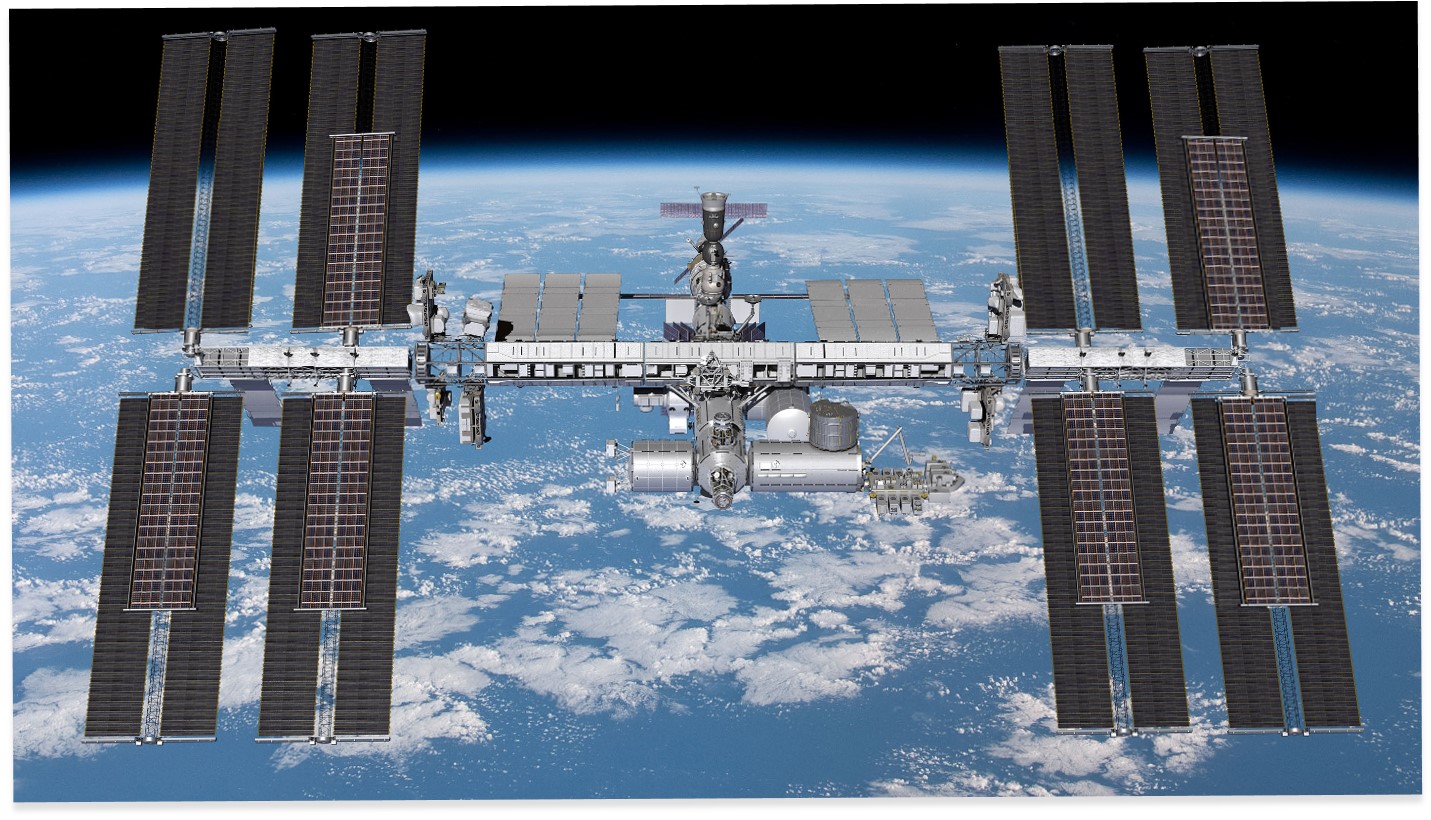
Ken is onsite at KSC for live reporting of the CRS-22 mission.
Watch Ken’s continuing reports about SpaceX Cargo and Crew Dragons, Artemis and NASA missions, SLS, Orion, SpaceX Starlink, Commercial Crew and Starliner and Crew Dragon and onsite for live reporting of upcoming and recent SpaceX and ULA launches including Crew 1 & 2, ISS, Solar Orbiter, Mars 2020 Perseverance and Curiosity rovers, NRO spysats and national security missions and more at the Kennedy Space Center and Cape Canaveral Space Force Station.
Stay tuned here for Ken’s continuing Earth and Planetary science and human spaceflight news: www.kenkremer.com –www.spaceupclose.com – twitter @ken_kremer – email: ken at kenkremer.com
Dr. Kremer is a research scientist and journalist based in the KSC area, active in outreach and interviewed regularly on TV and radio about space topics.
………….
Ken’s photos are for sale and he is available for lectures and outreach events
Please consider supporting Ken’s work by purchasing his photos and/or donating at Patreon:
https://www.patreon.com/kenkremer


x



